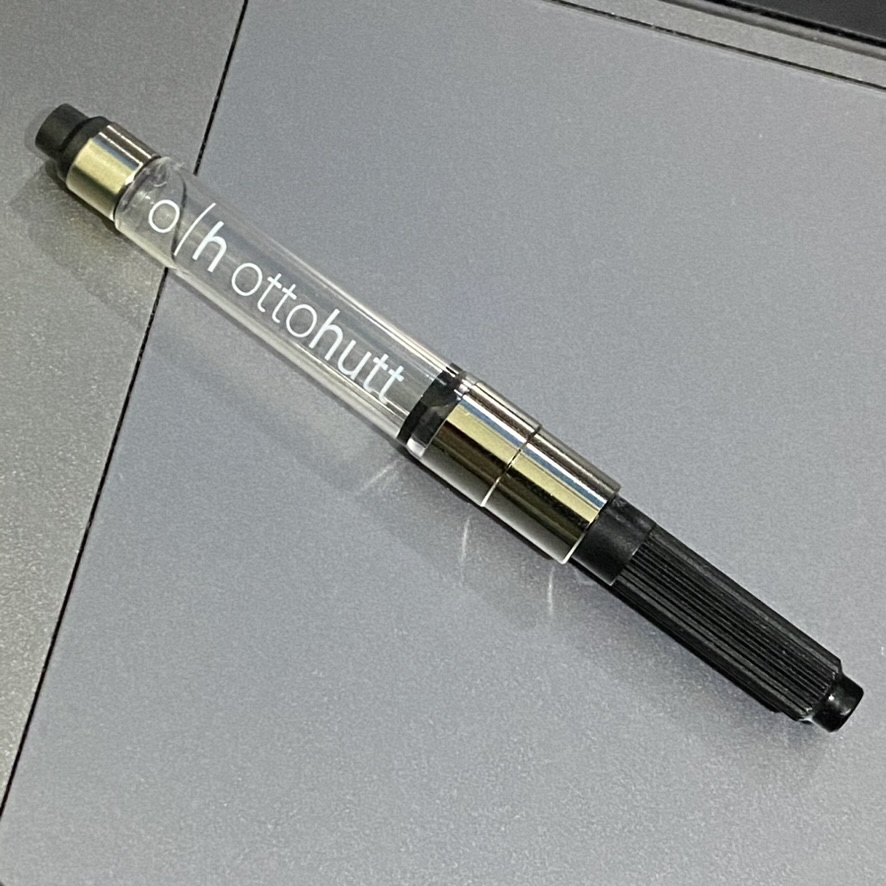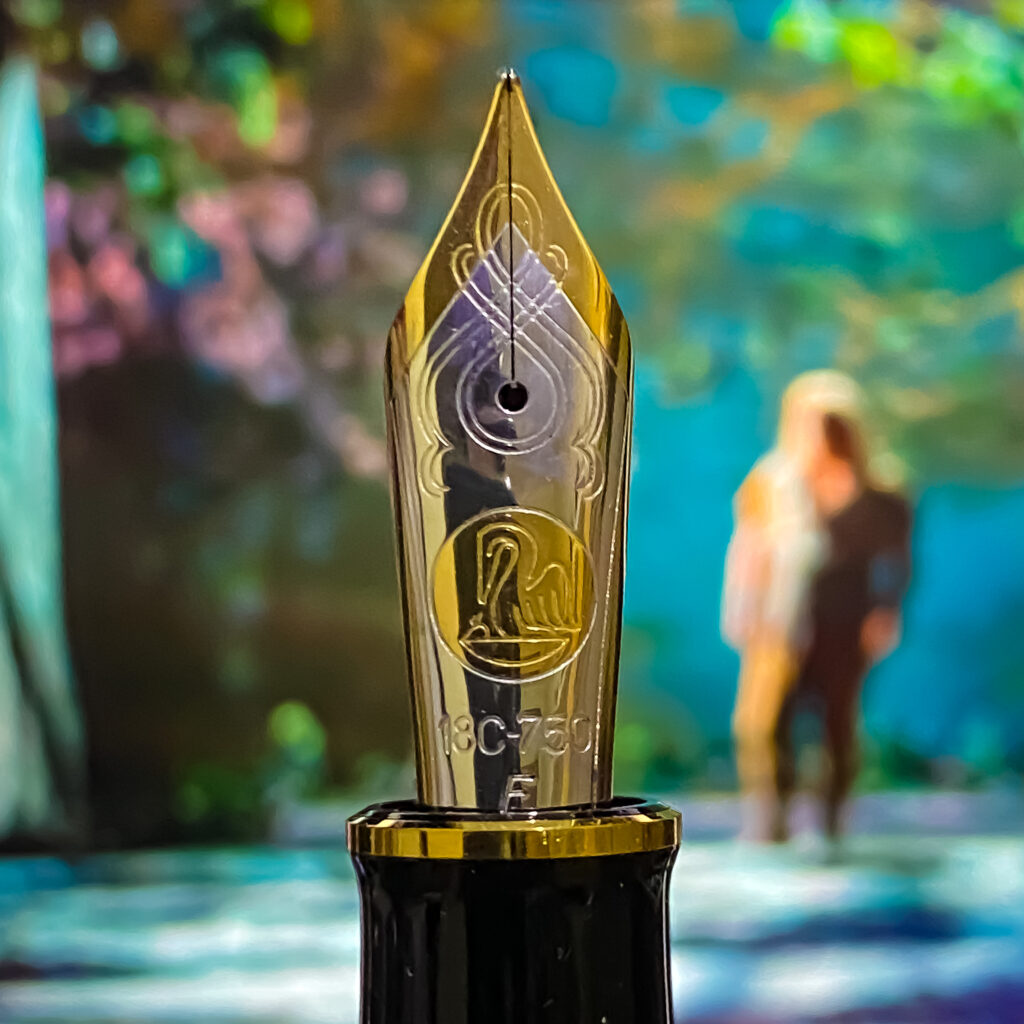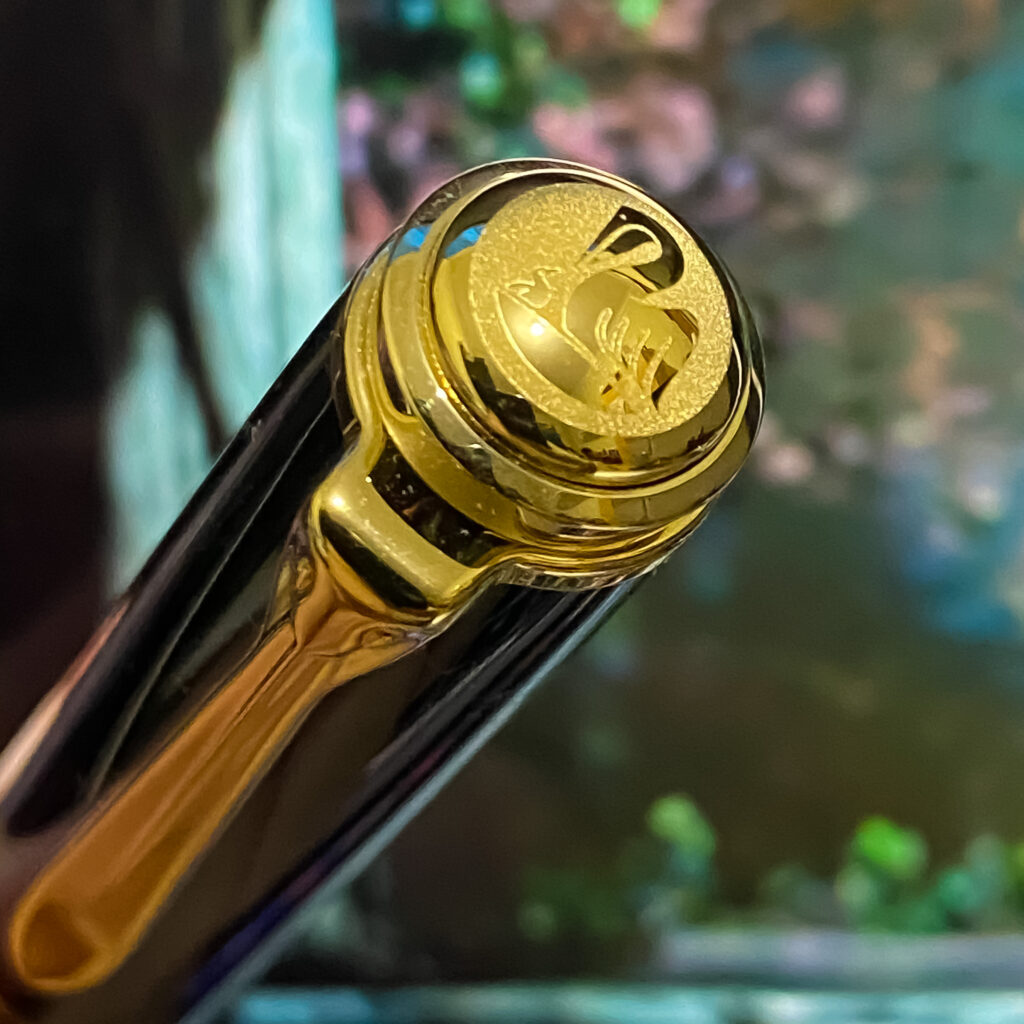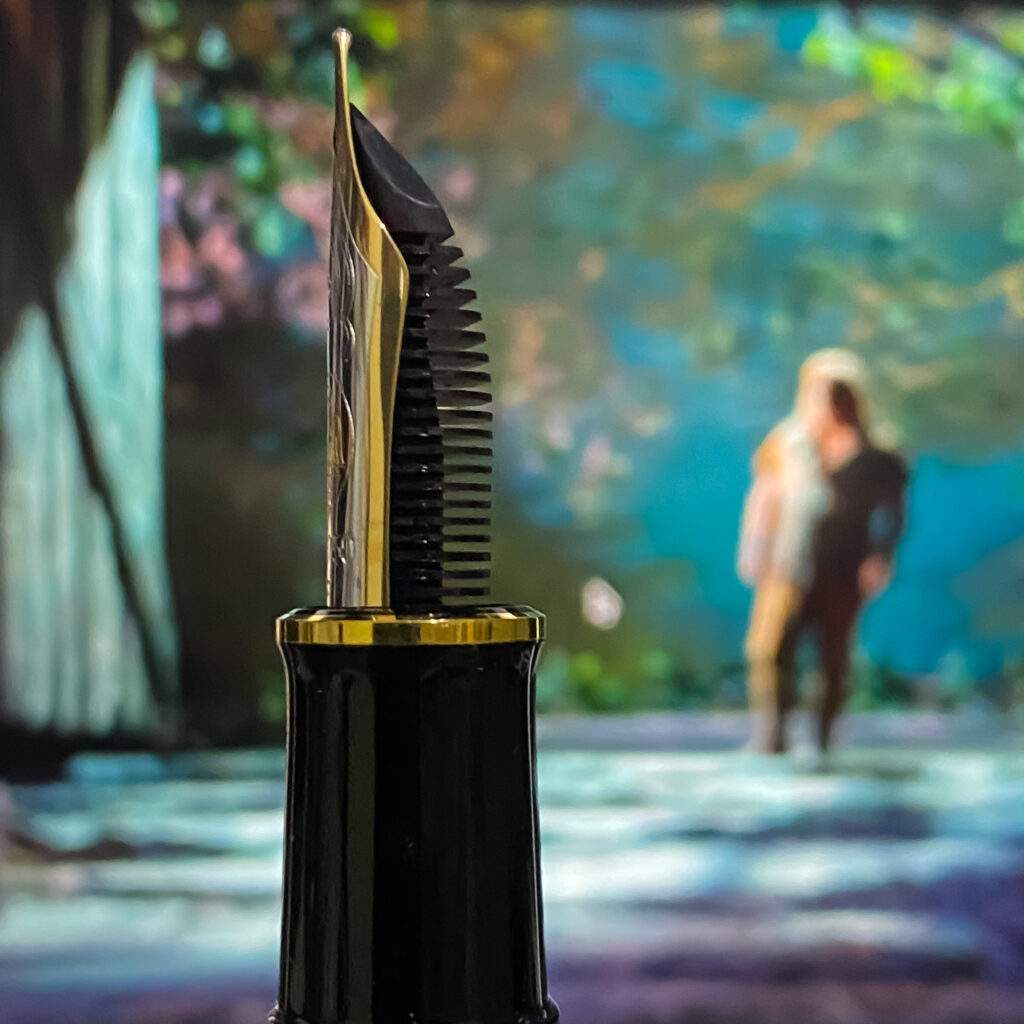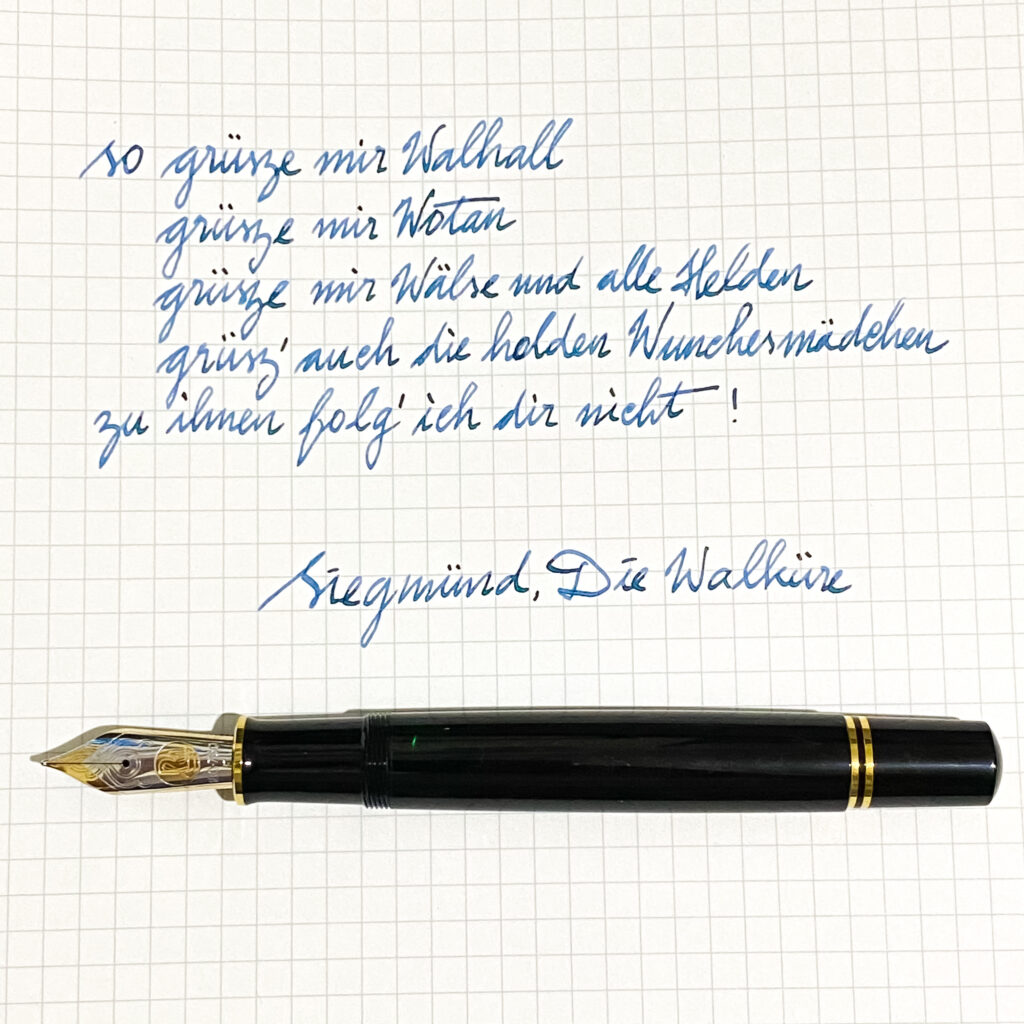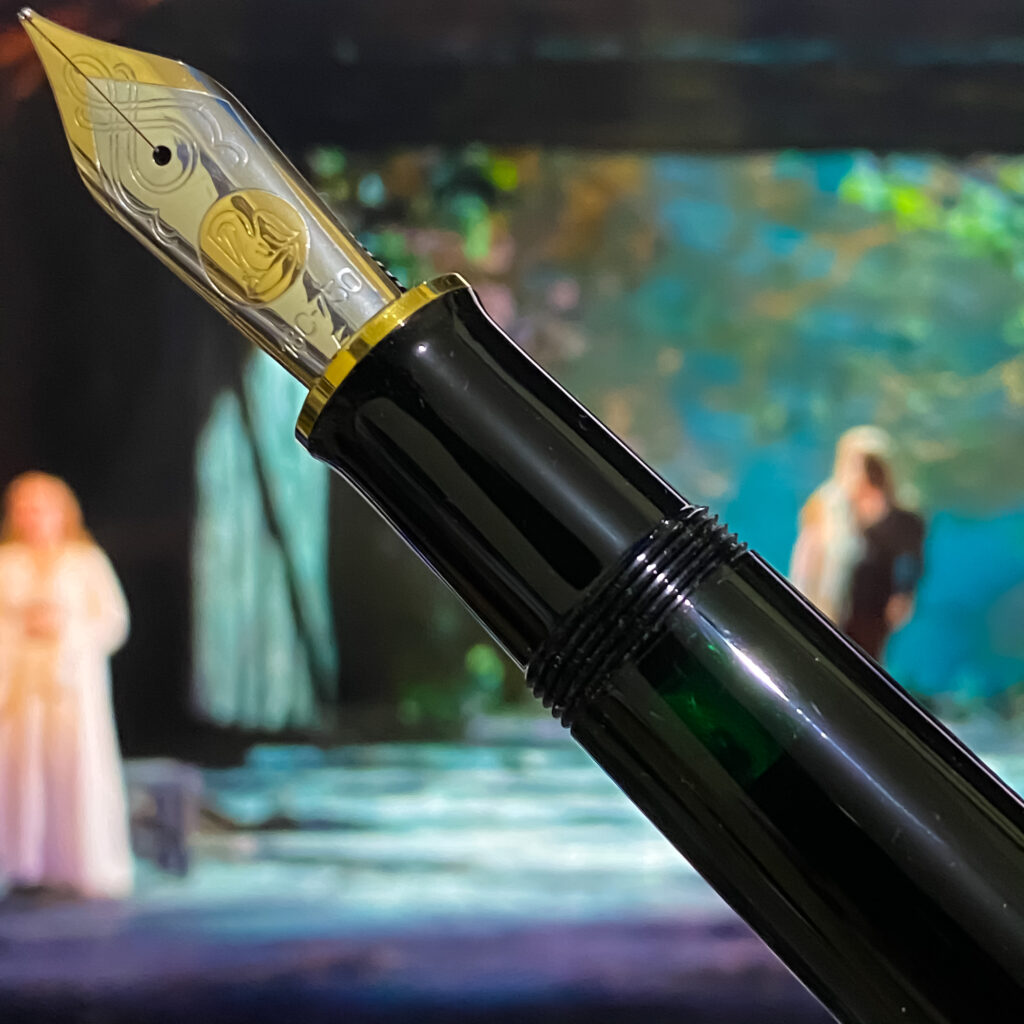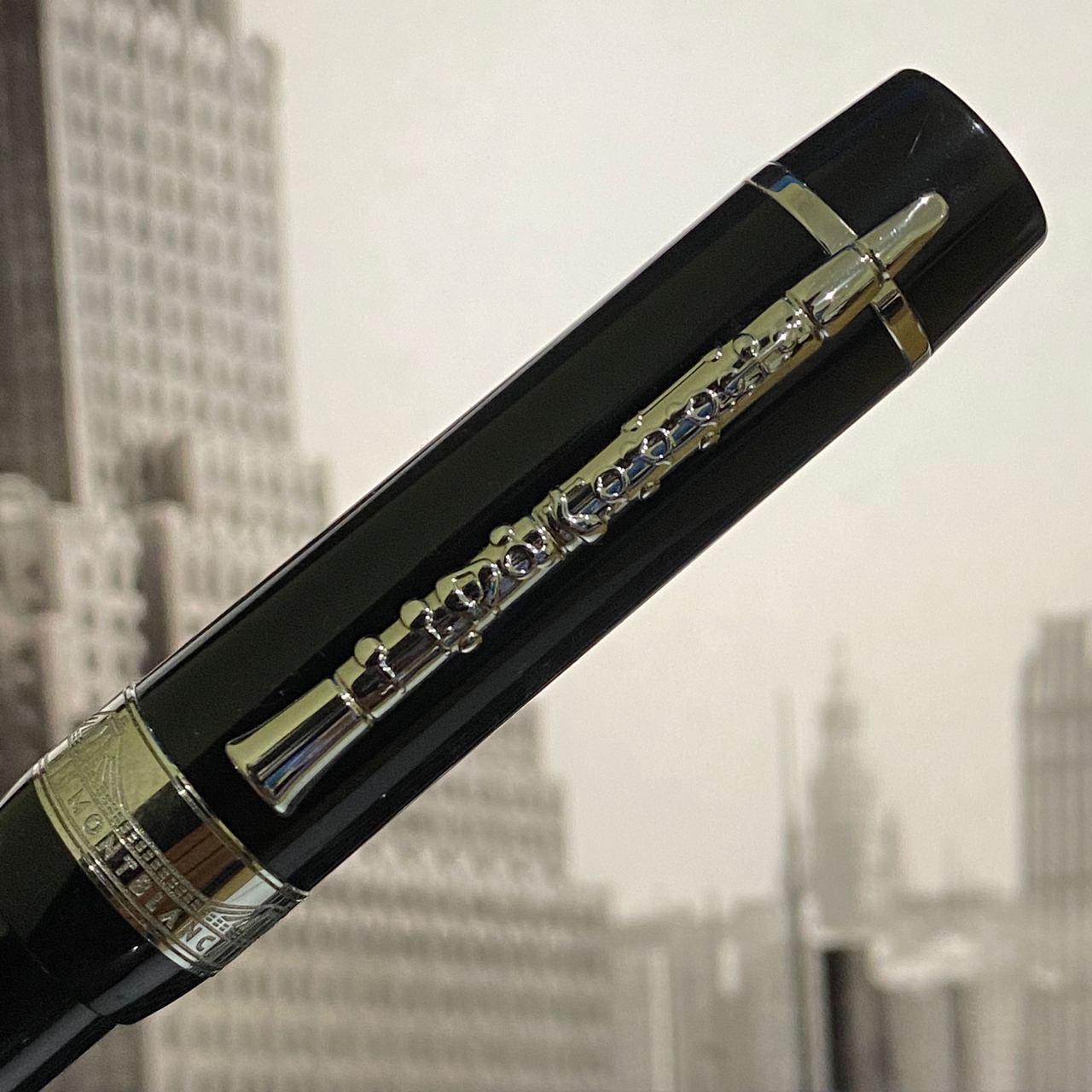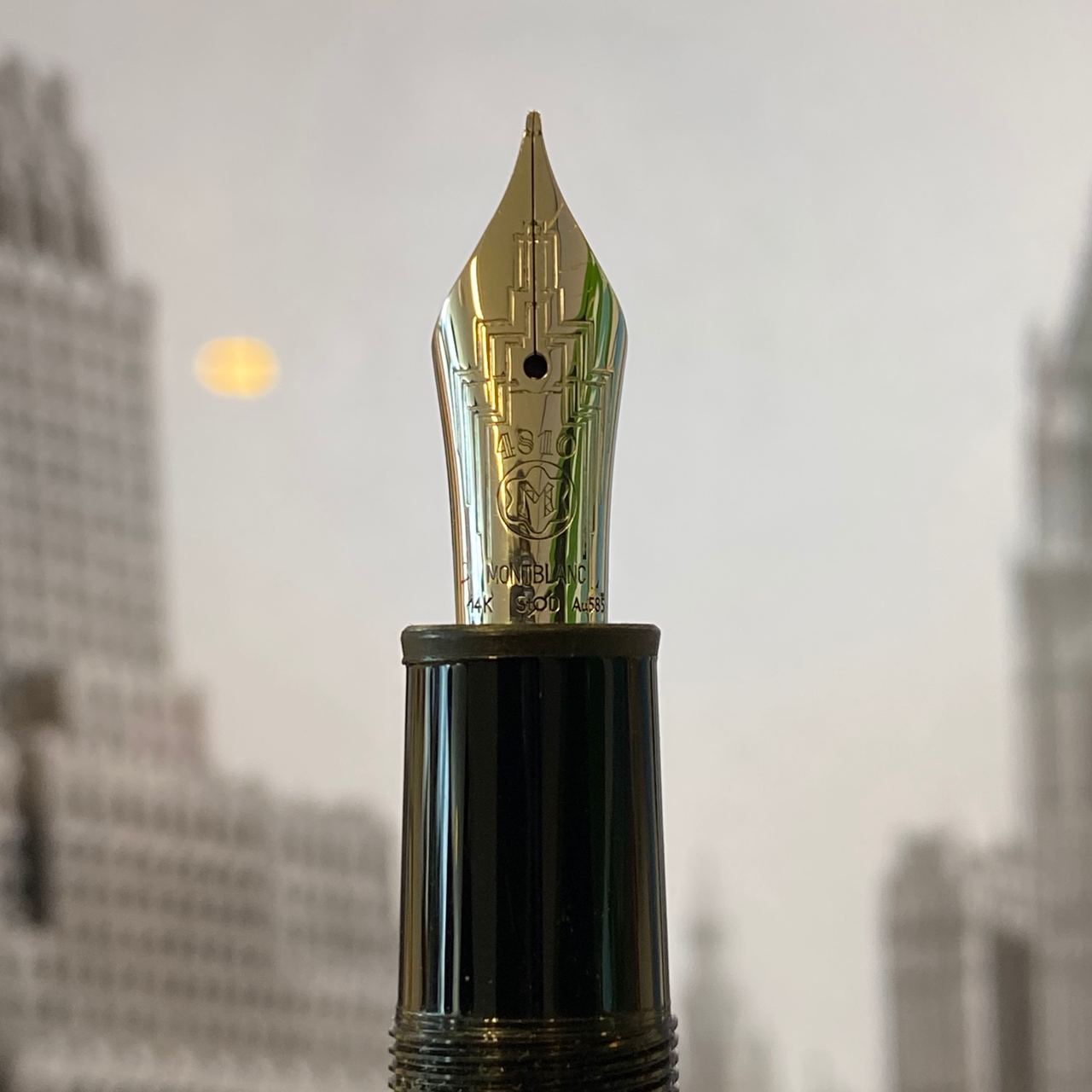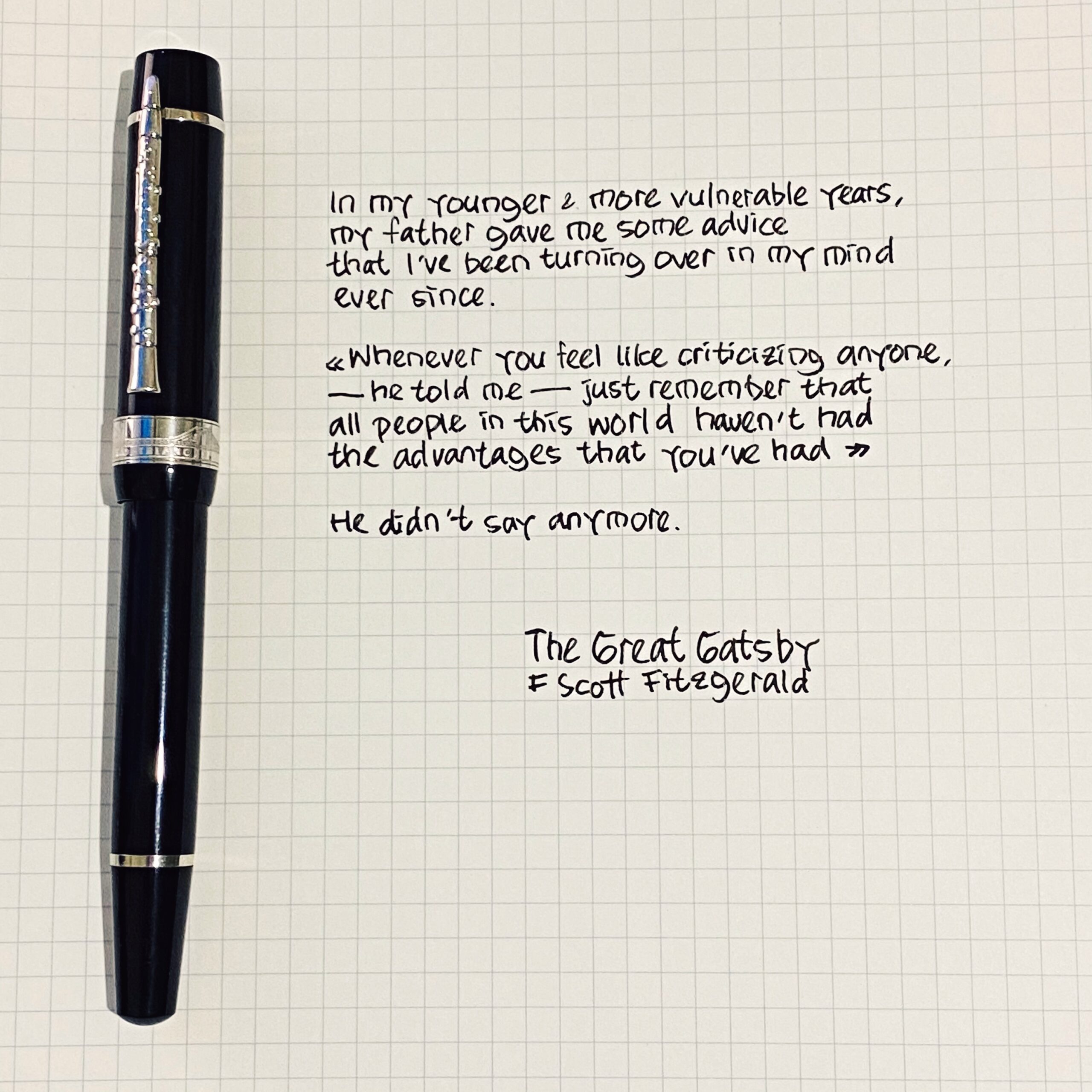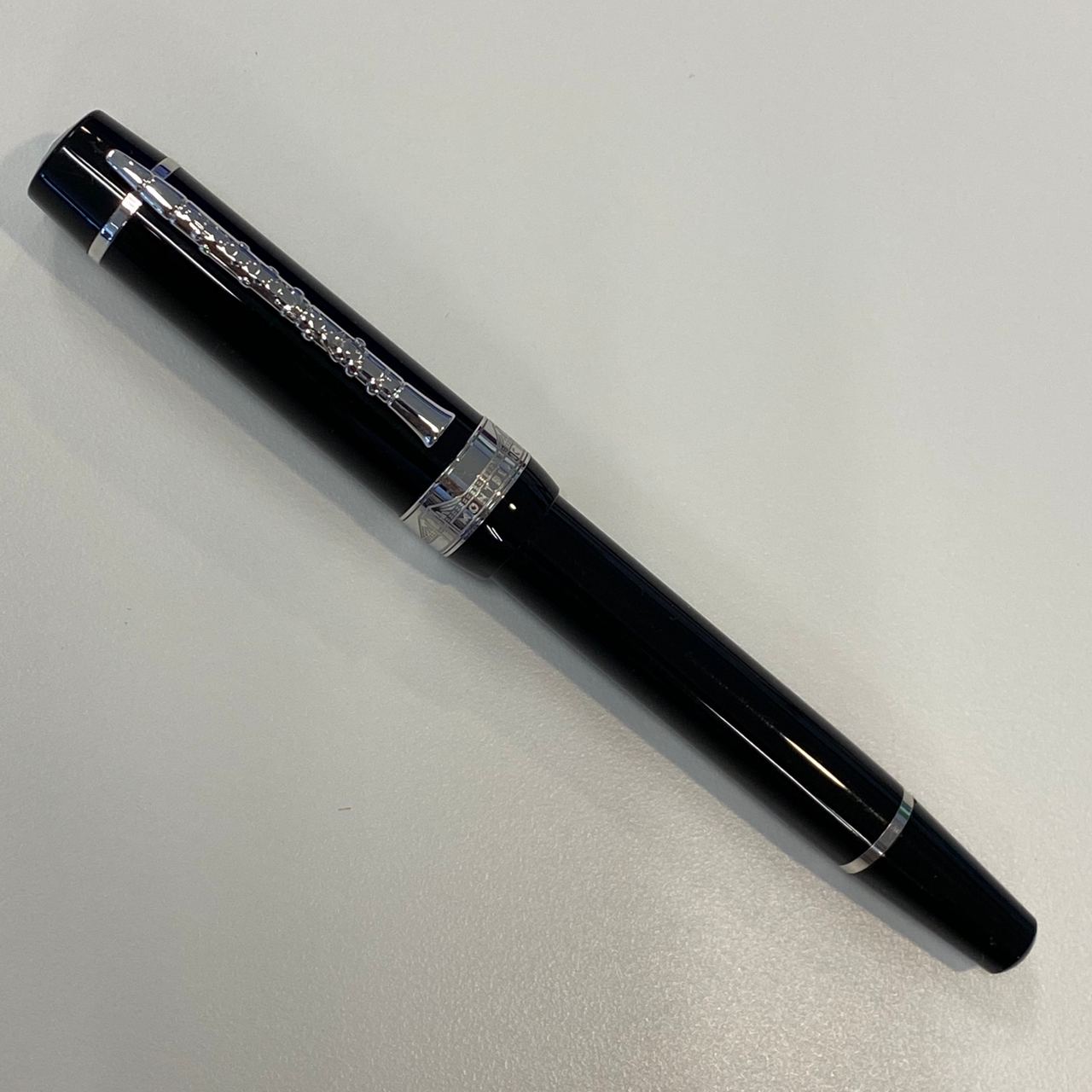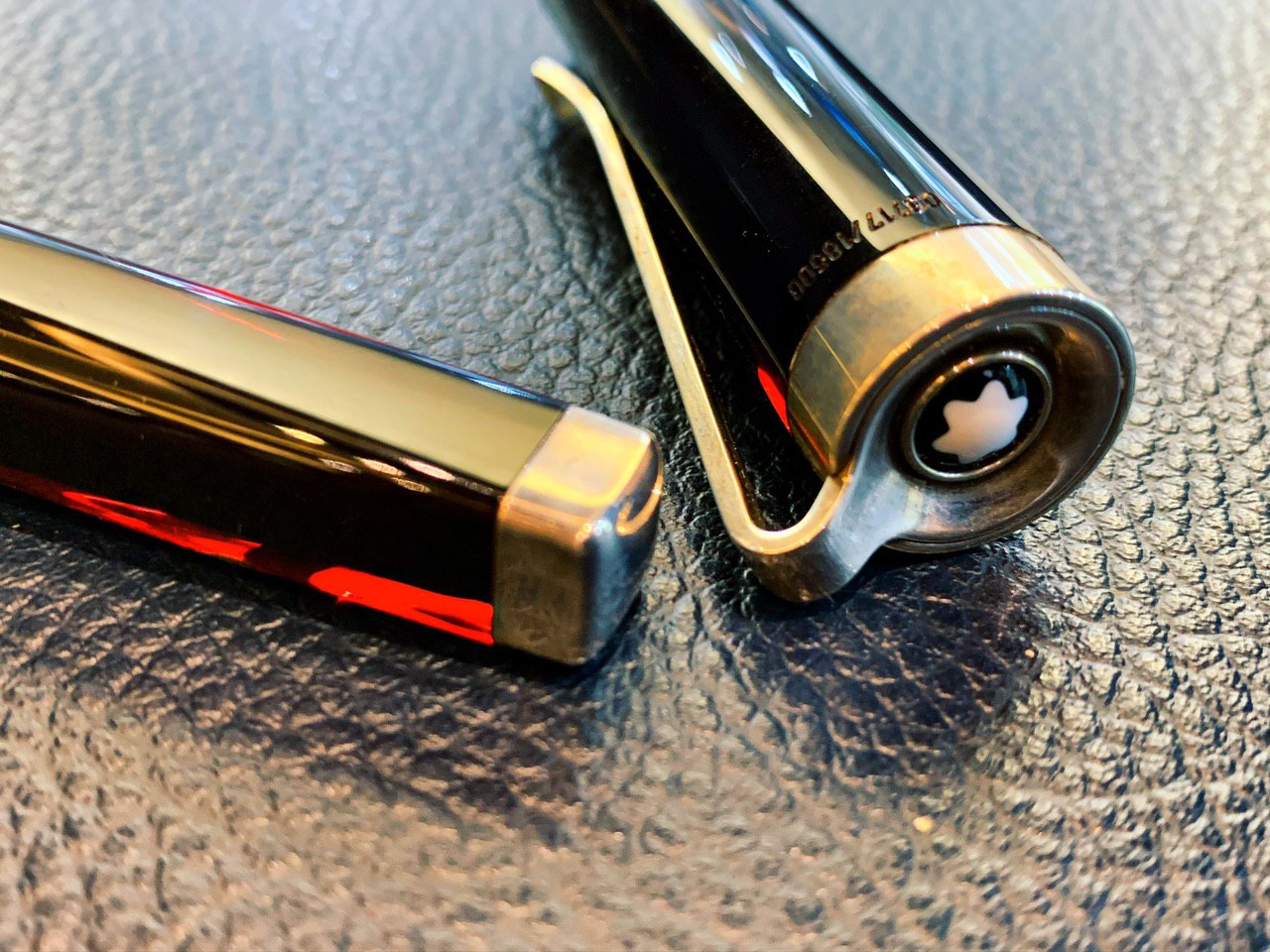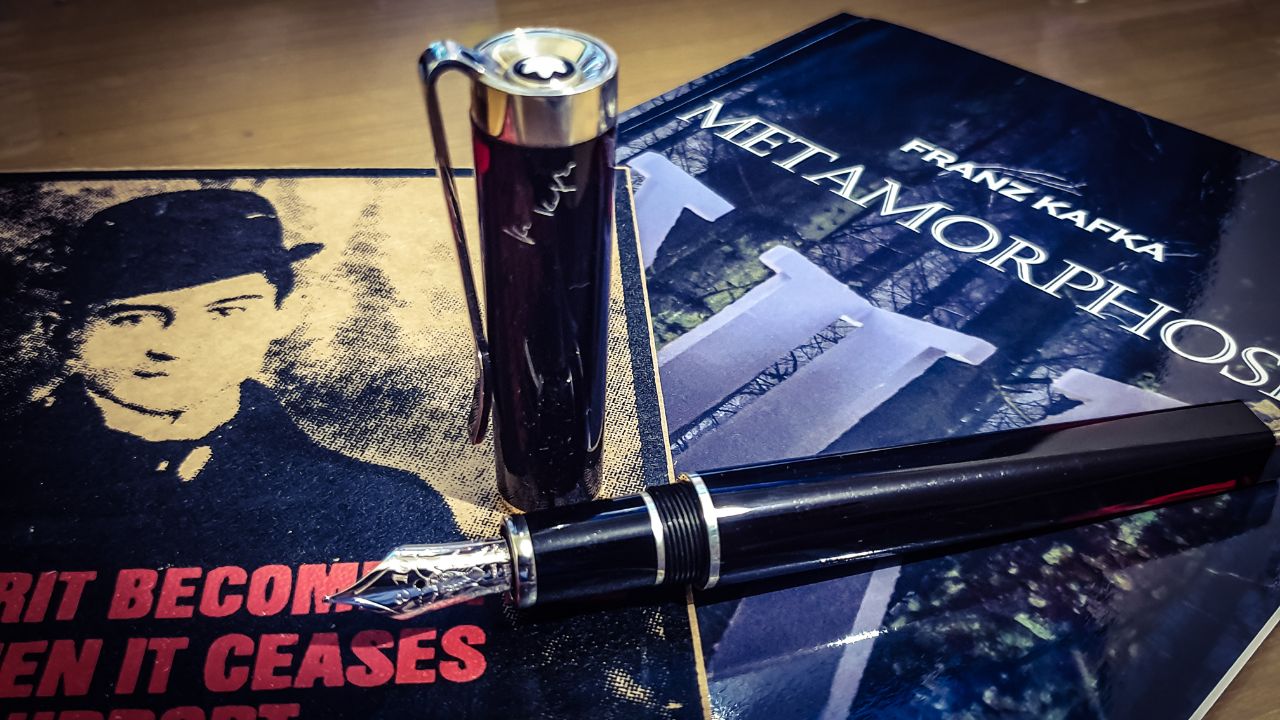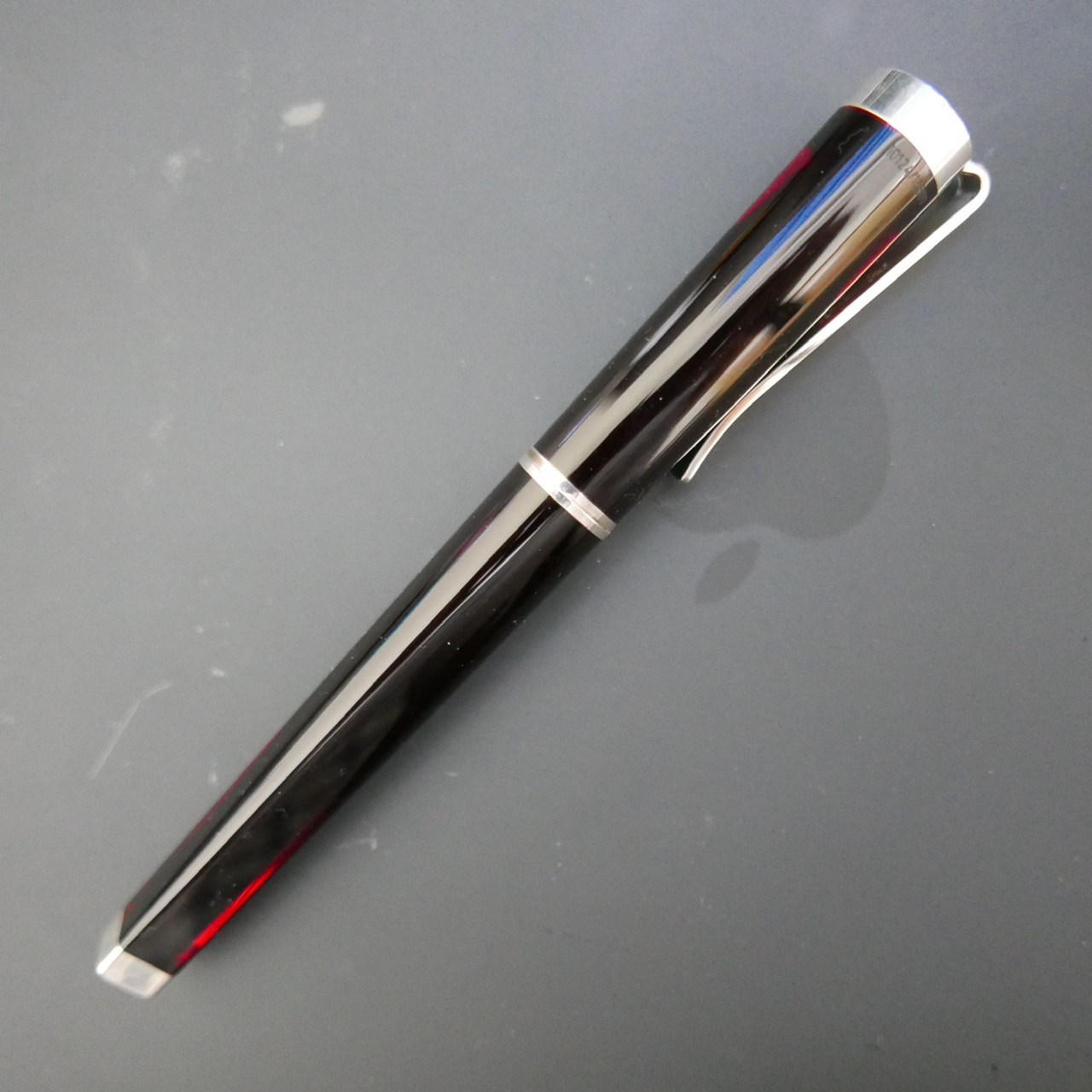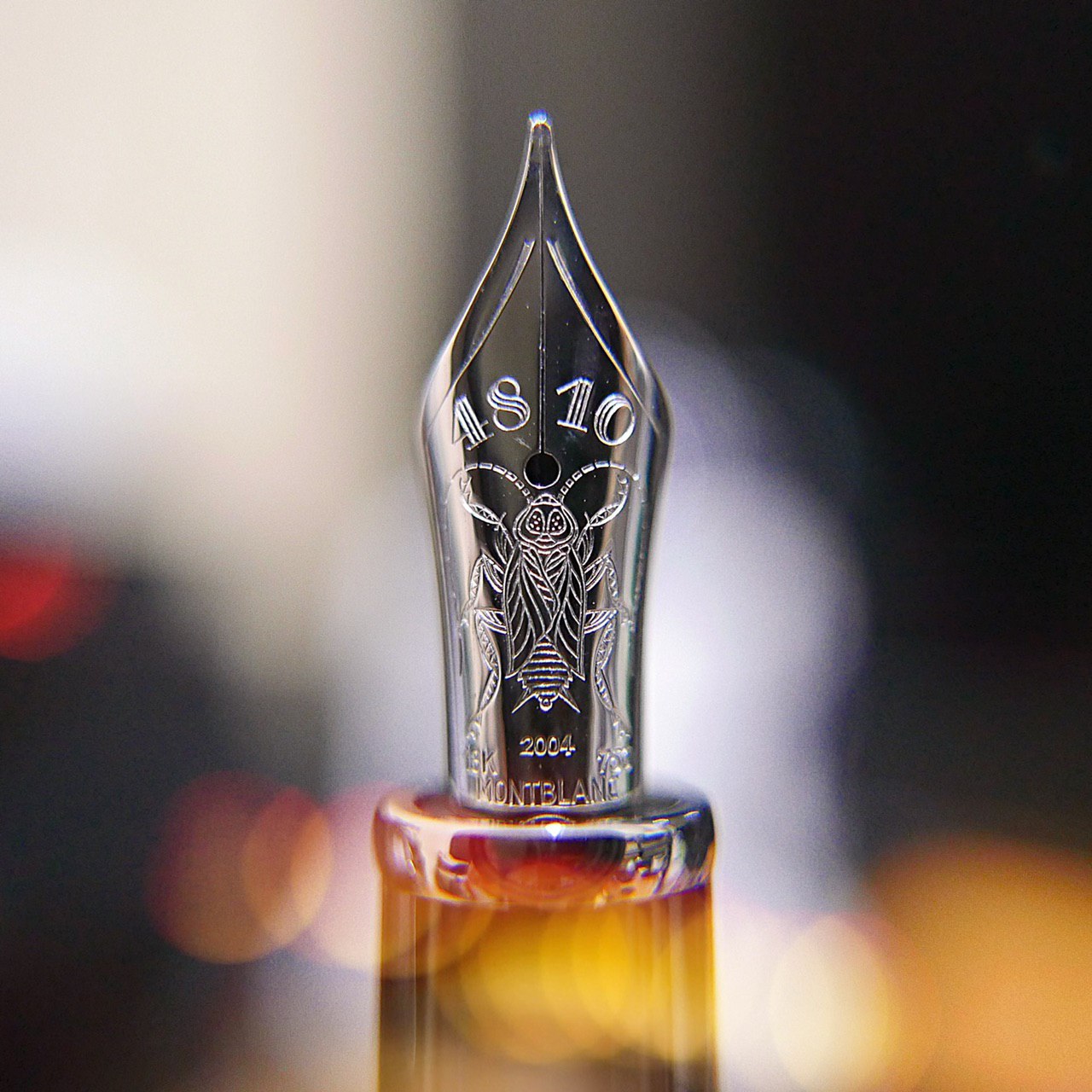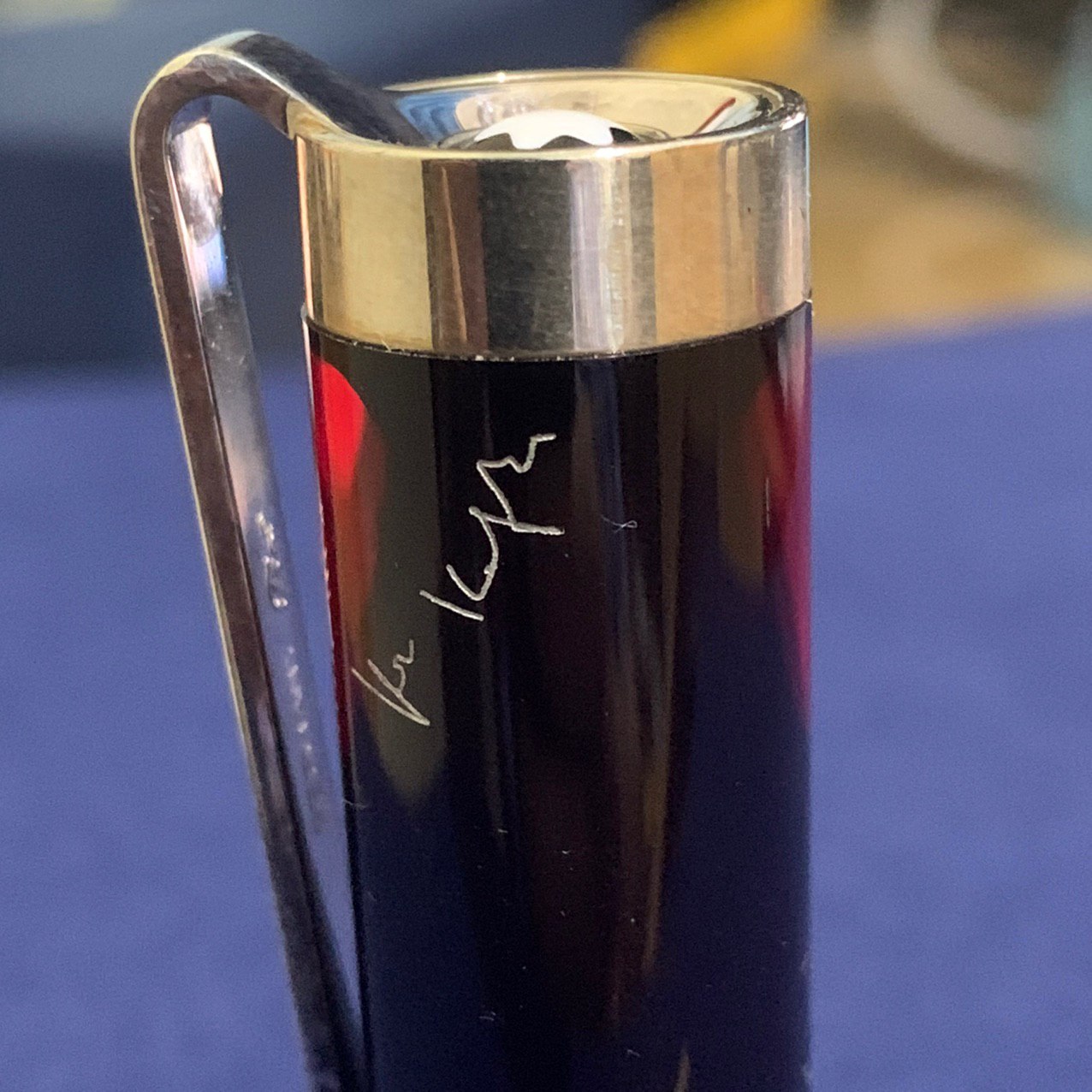Otto Hutt Design 04 is a notable and highly regarded series of writing instruments by the German manufacturer Otto Hutt. Introduced in 1999, Design 04 has become synonymous with the brand’s commitment to craftsmanship, innovative design, and luxurious aesthetics.
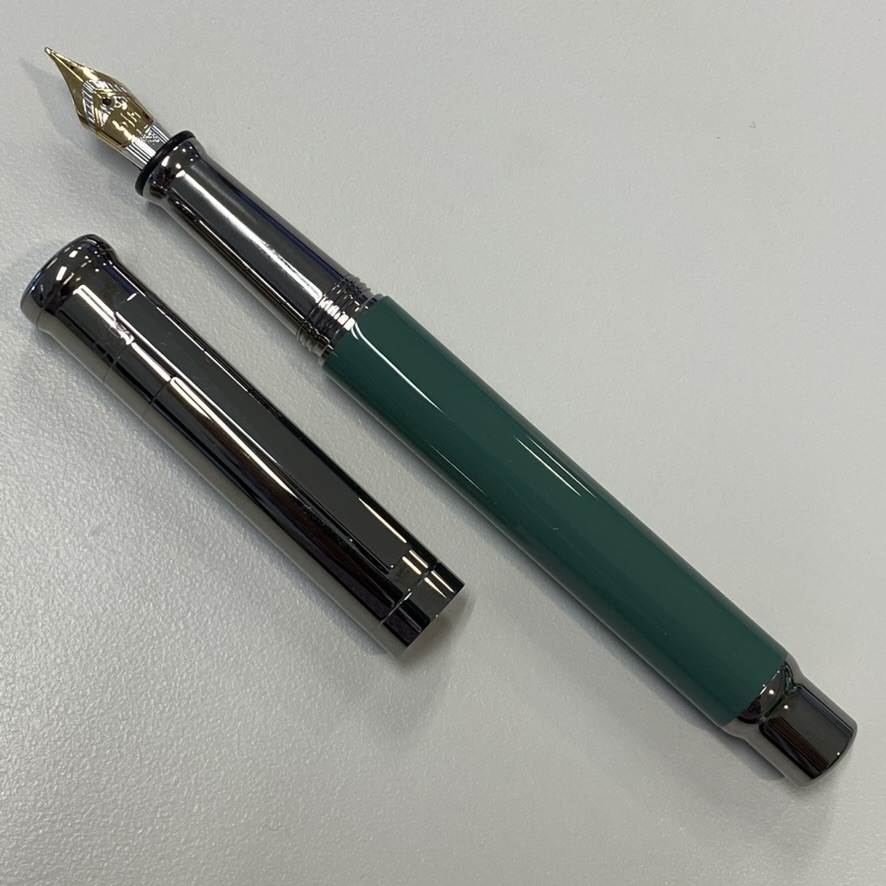
Otto Hutt is a German manufacturer known for producing high-quality writing instruments, including fountain pens. The company was founded in 1920 by Karl Hutt in Pforzheim, Germany. Initially, the company focused on creating jewelry and accessories, including gold and silver pens. During the 1950s, Otto Hutt expanded its production to include more affordable writing instruments while maintaining its dedication to quality. The company incorporated advancements in pen technology and materials, such as the use of new plastics and metals, to cater to a wider market. In the 1990s, Otto Hutt underwent a significant transformation under the leadership of Dr. Christa Hutt, the granddaughter of the founder. Driven by a vision of combining traditional craftsmanship with contemporary aesthetics, she revitalised the brand’s focus on luxury pens. This led to the introduction of the “Design 04” series in 1999, which gained widespread acclaim for its sleek and innovative design.

The Design 04 series is characterised by its sleek and modern design, combining clean lines with sophisticated details. It uses premium materials — the collection includes options crafted from precious metals, such as sterling silver and gold, as well as high-quality lacquers and resins. These materials not only enhance the pen’s aesthetic appeal but also contribute to its durability and longevity. The Design 04 pens are available in a range of finishes, allowing users to select a style that suits their personal preferences. Some of the finishes include precious metals with polished or brushed textures, vibrant lacquers in various colors, and elegant combinations of materials. The finishes are meticulously applied to ensure a flawless and visually captivating appearance.
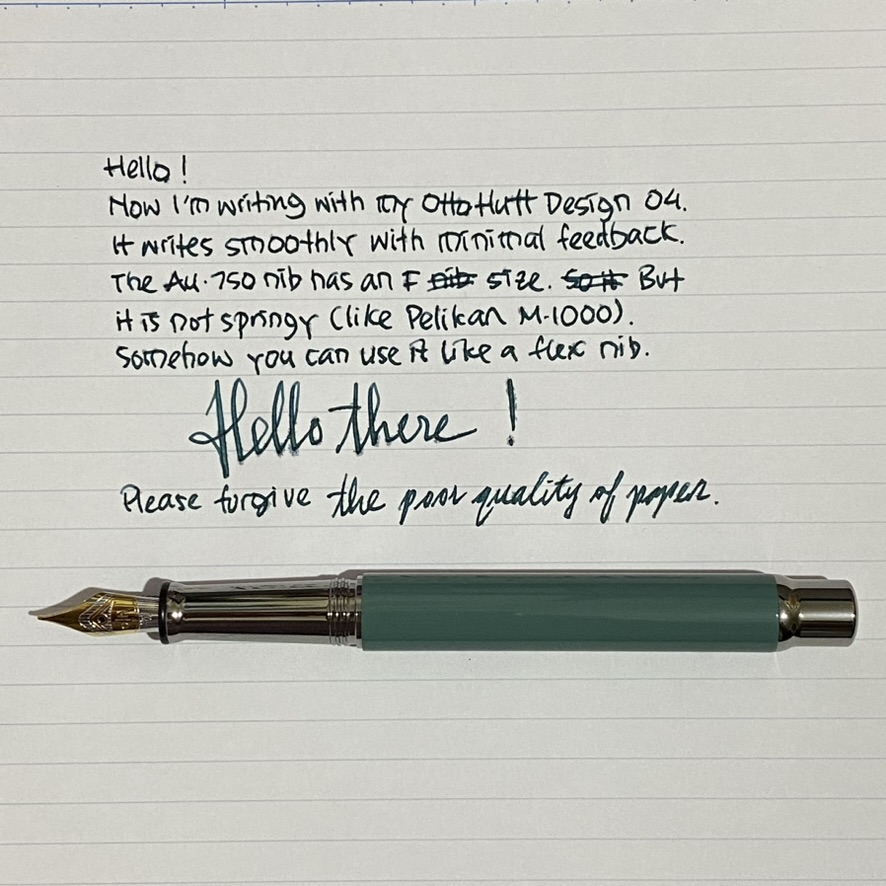
The Design 04 series offers a selection of finely crafted nibs, designed to deliver an exceptional writing experience. The nibs are available in different materials, such Au750 (18k gold) shown here, and in various widths to cater to individual writing preferences. Each nib is carefully tuned to provide smooth and consistent ink flow, resulting in effortless and enjoyable writing.
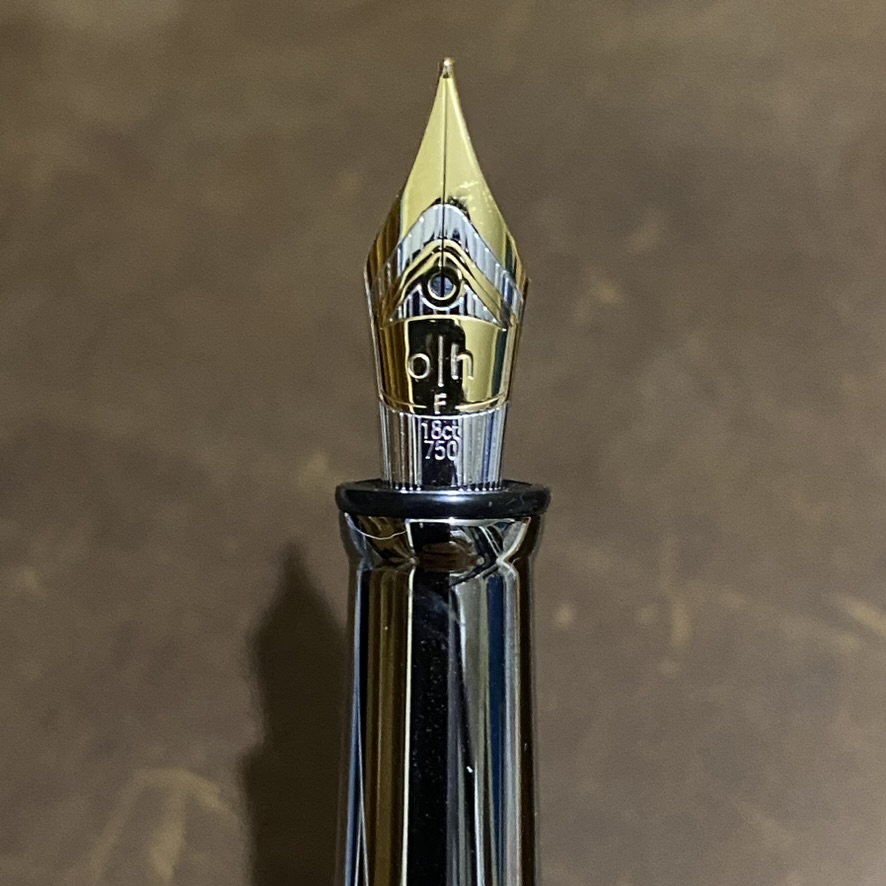
Otto Hutt is known for its attention to detail, and the Design 04 series exemplifies this commitment. From the precision-engineered threads to the meticulously finished clips and accents, every aspect of the pen is thoughtfully designed and executed.
